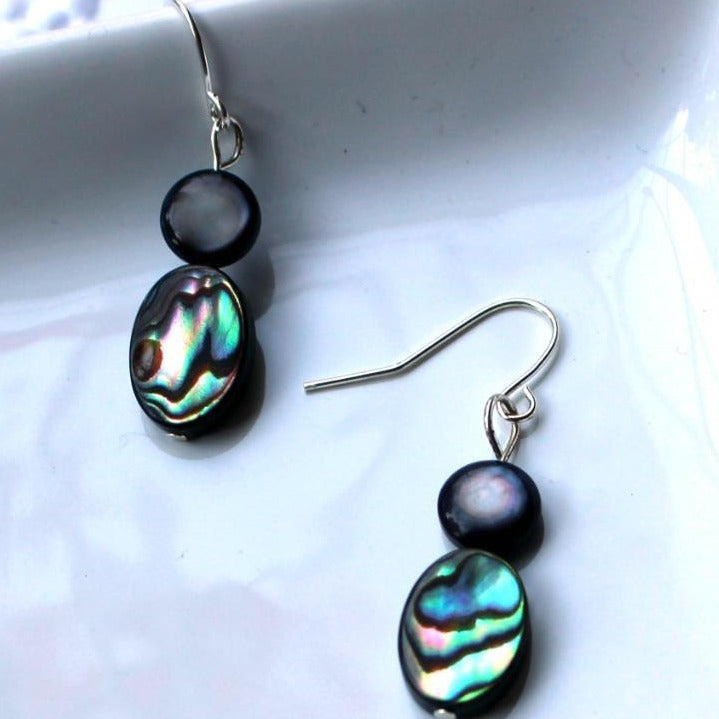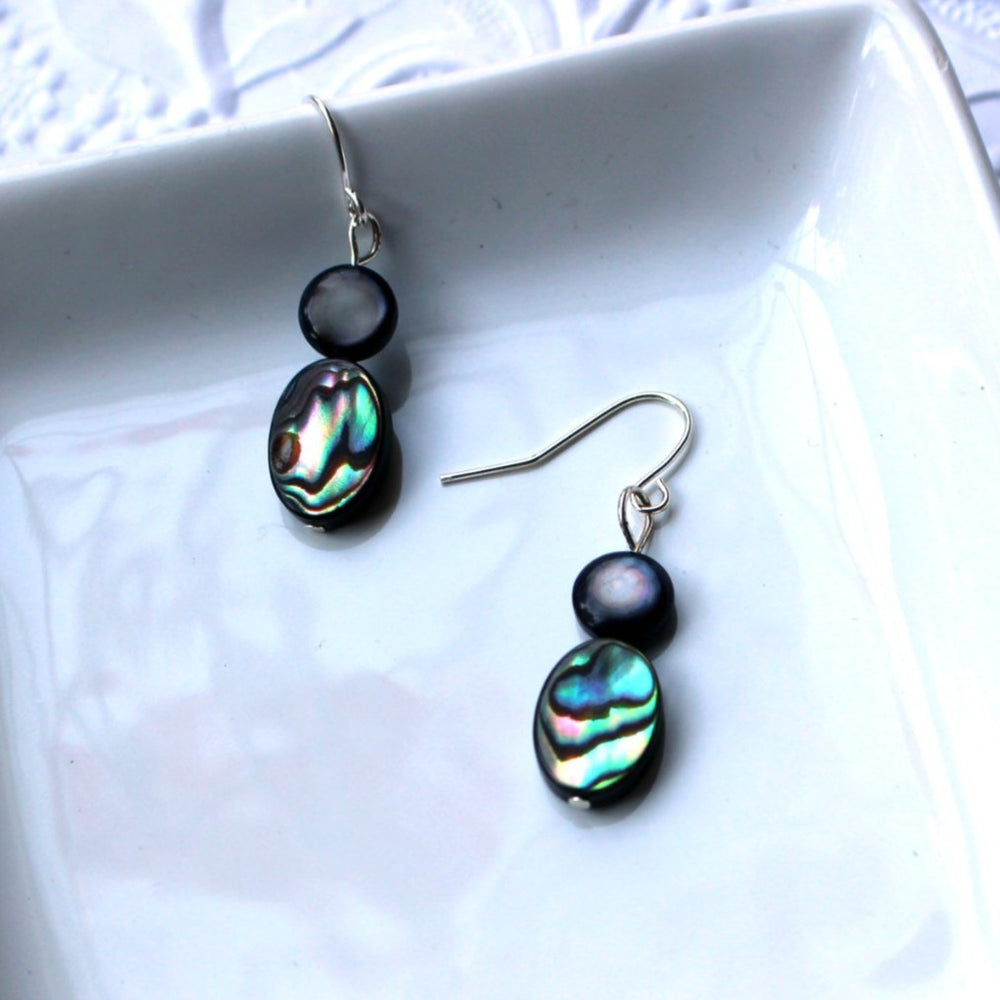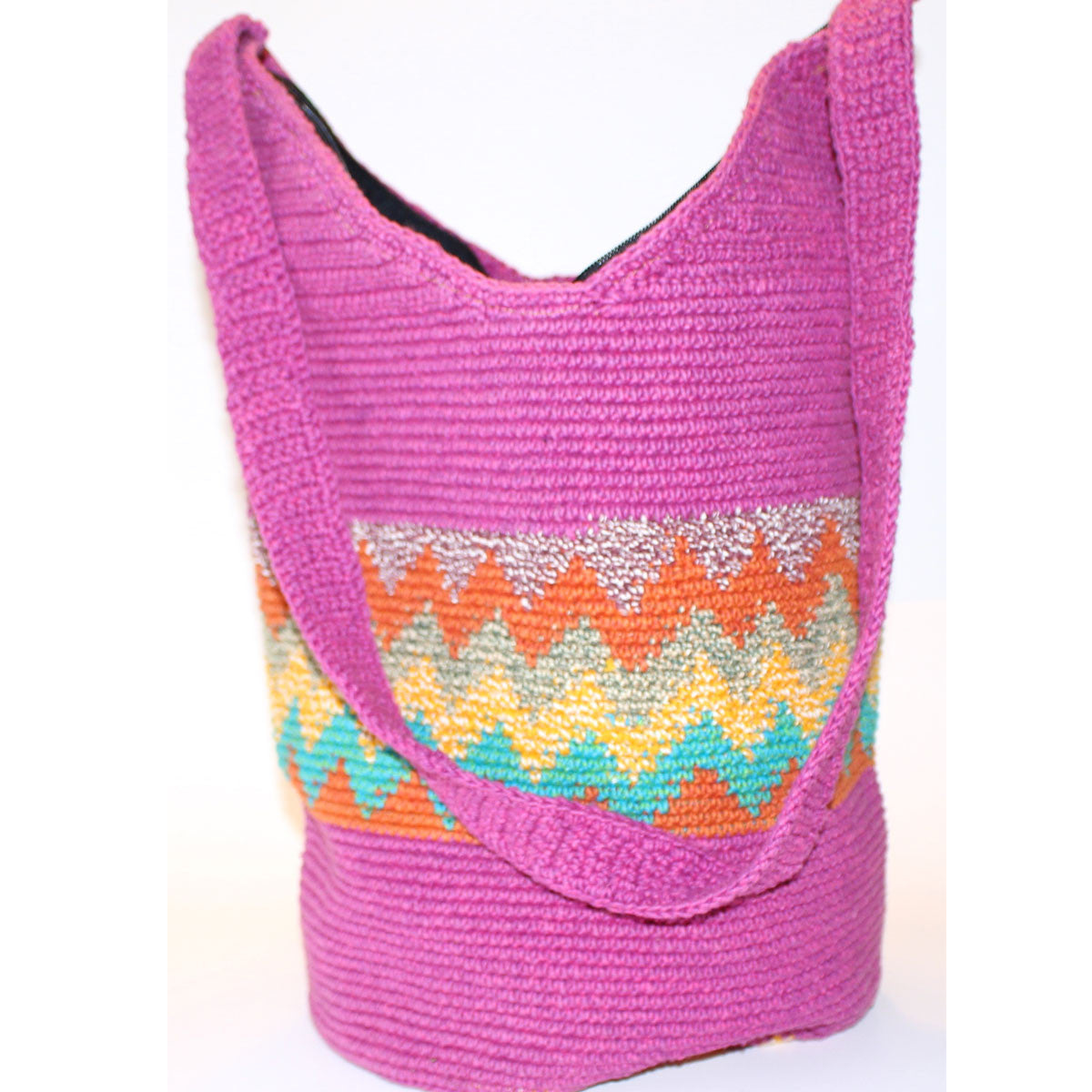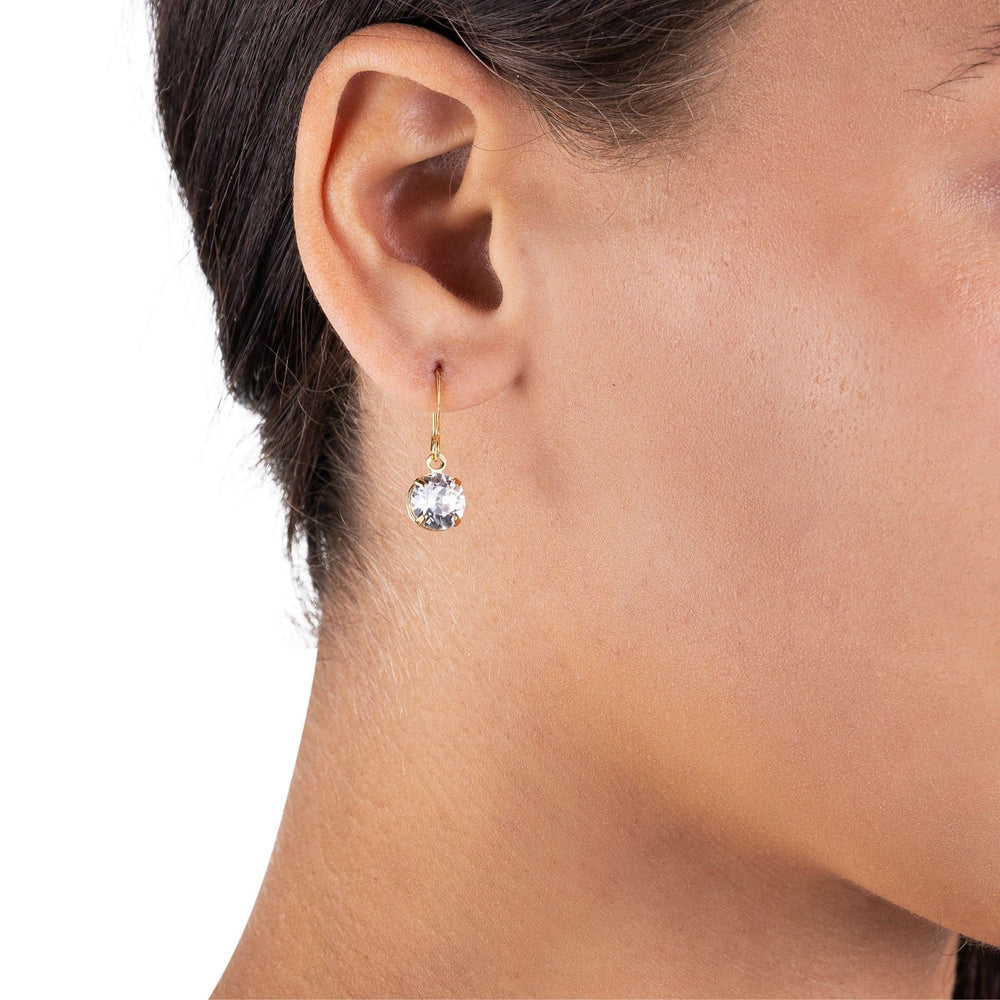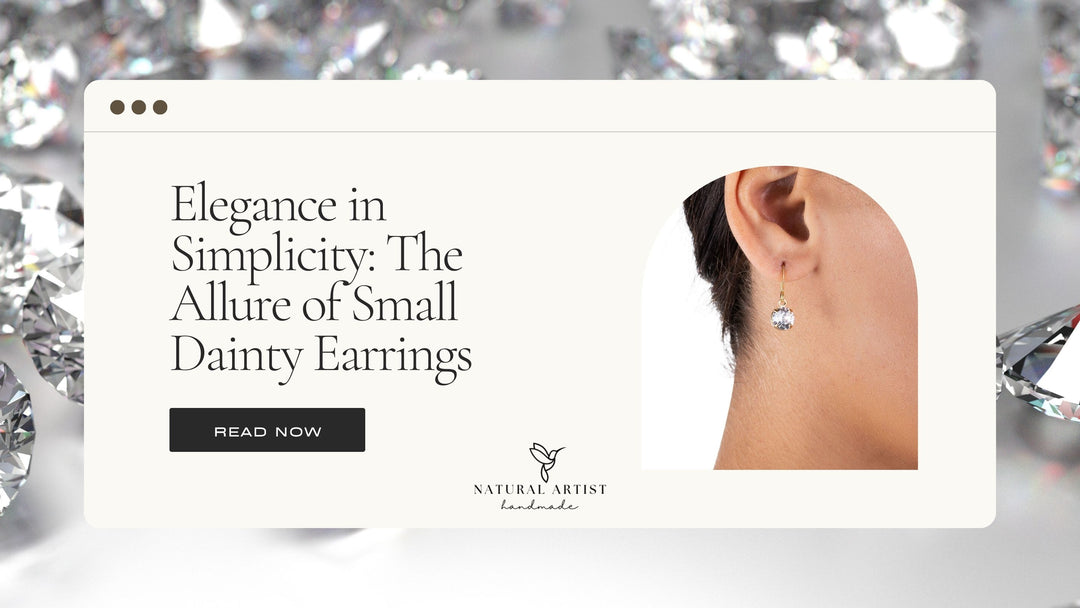Shell Jewelry: A Dive into Nature's Treasures
Shell jewelry, with its timeless charm and natural elegance, has been adorning humanity for thousands of years. These exquisite pieces are not only beautiful but also hold cultural, historical, and ecological significance. This article delves into the world of shell jewelry, exploring its origins, artistic variations, and the sustainable practices that make it an increasingly popular choice among jewelry enthusiasts.
A Glimpse into History
Ancient Origins:
Shell jewelry has a rich history dating back to ancient civilizations. Archaeological findings reveal that shells, particularly seashells and mother-of-pearl, were used by the Egyptians, Greeks, and Romans to craft intricate jewelry pieces. These ornaments often held spiritual and cultural significance, such as protection or fertility symbolism.
Pacific Island Traditions:
In the Pacific Islands, particularly in places like Tahiti and Hawaii, shell jewelry has a profound cultural presence. Traditional Polynesian leis and Maori pendants incorporate shells like puka and pāua, showcasing intricate craftsmanship passed Fdown through generations.
The Artistry of Shell Jewelry
Diversity of Shells:
Shell jewelry isn't limited to a single type of shell. Varieties such as cowrie shells, conch shells, abalone shells, and mother-of-pearl all contribute to the spectrum of colors and textures available to artisans.
Crafting Techniques:
Crafting shell jewelry often involves a combination of techniques, including carving, shaping, and inlay work. These methods highlight the natural beauty of the shell while allowing artisans to create intricate patterns and designs.
Contemporary Innovations:
Modern jewelry designers continue to push the boundaries of shell jewelry. Combining shells with metals, gemstones, and other materials, they create unique and stylish pieces that cater to a wide range of tastes and preferences.
Sustainable Practices
Ethical Sourcing:
As concerns about sustainability grow, many jewelry designers and artisans are turning to ethical sourcing practices. Shells used in jewelry are often obtained from sustainable, responsibly managed sources, reducing the environmental impact.
Contemporary Trends
Statement Pieces:
Shell jewelry is making a comeback in the fashion world, with statement pieces featuring large shells or multiple shells strung together. These bold designs add a touch of nature's elegance to any outfit.
Minimalist Elegance:
On the other end of the spectrum, minimalist shell jewelry is gaining popularity for its subtle and understated charm. Delicate necklaces, earrings, and bracelets adorned with small shells offer a timeless and versatile look.
Customization:
Many jewelry enthusiasts are embracing the trend of customization. They can choose their favorite shells, designs, and metals to create one-of-a-kind pieces that reflect their unique style and personality.
Conclusion
Shell jewelry's enduring appeal lies not only in its aesthetic beauty but also in its deep cultural roots and the sustainable practices embraced by artisans today. Whether it's a traditional Polynesian pendant or a contemporary seashell statement piece, shell jewelry continues to captivate hearts around the world, reminding us of the enduring allure of nature's treasures.
Citations:
1. Cartwright, M. (2017). Shell Jewelry. Ancient History Encyclopedia. [Link]
2. Le Fevre, P. (2019). Shell Jewelry: The Unbroken Lineage. The New York Times. [Link]
3. Domenge, M. (2020). Sustainable Materials in Jewelry: The Case of Cellulose Acetate. Jewelry Studies, 8, 119-131. [Link]
4. Pearce, F. (2021). The Jewelry Trend That’s Having a Seashell Renaissance. Vogue. [Link]
